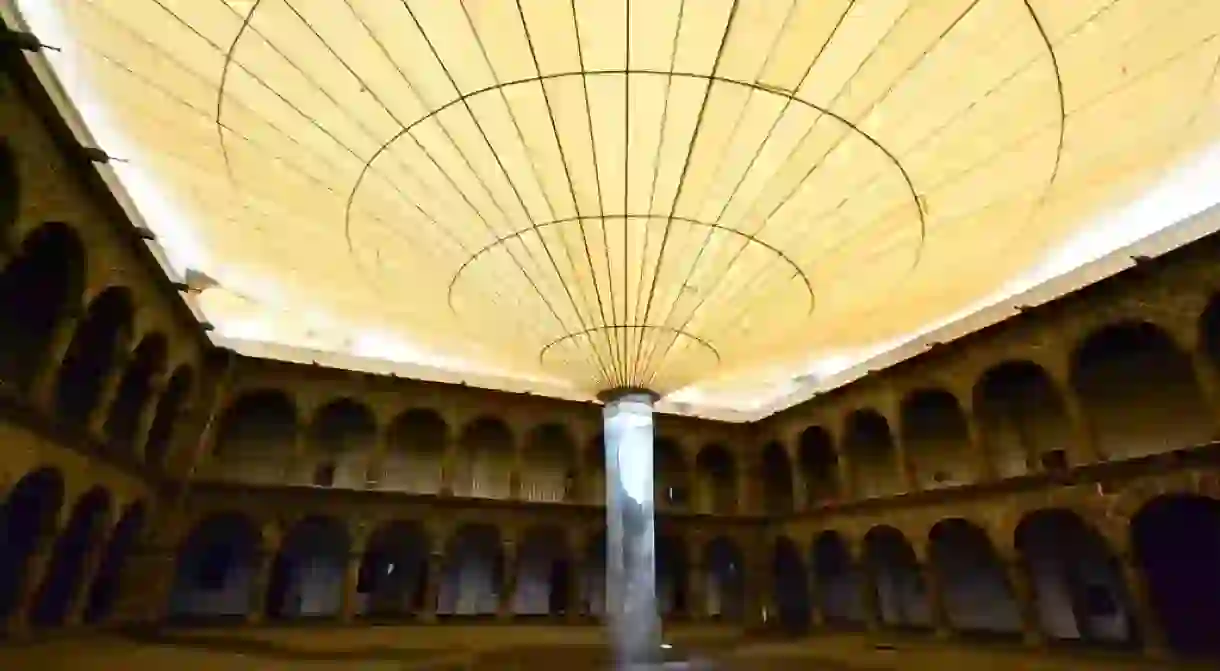Welcome to Puebla: Mexico's City of Angels You Need to Know About

Puebla – modern metropolis, colonial cityscape, religious refuge. The city is many things, and continues to evolve as it makes its way to the top of travel itineraries and attracts the rich and cultured to its various high-end boutique hotels.
Modern Edge
While, at first glance, the city may seem like another pueblo magico, a quaint backwater with gorgeous baroque building facades – this couldn’t be further from the truth. The city, Mexico’s fourth largest, is brimming with industry, gastronomy and culture. Major car manufacturers Volkswagon and Audi have mega factories on the edge of the Puebla city limits, a fact that has meant many of their suppliers have set up shop here too. Urban projects like Cholula’s Container City and Puebla’s Paseo de San Francisco complex are giving the city modern ambiance and amentities.

Founding legend
Founded in 1531, the story goes that Tlaxcala Bishop Julián Garcés wrote to the Spanish queen claiming that he had a vision for a new Spanish settlement that would connect Mexico City, New Spain’s capital – with Veraruz, its most important port. He claimed to have seen a group of angels, descending from heaven and mapping out the location of Puebla. It would be positioned in a valley crisscrossed by rivers and among the former indigenous settlements of Tlaxcala, Itzocan, Tepeaca, Huejotzingo, and Texmelucan.
The city itself is laid-out in a traditional Spanish design, with all streets radiating out from the many plaza or zocalo, but the spread of the city’s outskirts (which ate up several small towns as it continued to expand) is more haphazard the further you get from the city center. The dividing line between the city’s rich and poor was once determined by the San Francisco river, with the rich moving to higher, drier land when the river flooded, but now both sides of the now extinct river are bustling with development.

City of Angels
The city’s moniker “City of Angels” comes from its founding legend but its religious leanings were further enforced with the building spree taken on by the Spanish colonialists that filled its streets with Catholic church after Catholic church (it’s said that there is a church in Puebla for every day of the year). The nuns of these monasteries, with charity pretty much covered by their sisters-in-arms, had time to invent some of Puebla‘s most important exports – dozens of traditional candies, and the dishes chiles en nogada and mole. They were masters of their kitchens, many of which are still on display (particularly beautiful is the kitchen in the ex-convent of Santa Rosa where it is claimed mole poblano was “discovered”).

City of contrasts
Today’s Puebla is a contrast of old and new; provincial and big city. Some of the town’s most popular attractions tie directly into its colonial past – the house of the Serdan brothers, Mexican Revolution insurgents who took up with Madero and his cause celebre; the georgous convents and churches that still fill with parishioners each week for mass; and the abundant and overflowing city markets, including a weekend antiques market in the Los Sapos (The Frogs) neighborhood.
But there is also a borgeoning street art scene; luxury hotels like Rosewood Puebla and La Purificadora; and a lively music and art scene fed by the thousands of students who call one of the many Puebla universities their second home. World-class musuems delight the intellectually curious in Puebla: the International Museum of Baroque with its ultra-modern facade and the Amparo museum, one of the country’s most important art archives are just the tip of the iceberg.

While the city retains its centuries-old charm, there is most definitely a sleek, modern side to this metropolis and that combined with excellent regional food and a welcoming local population, makes traveling to Puebla a Mexican dream.













